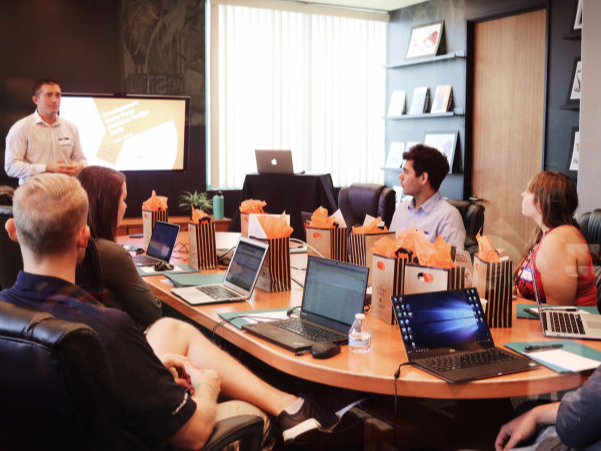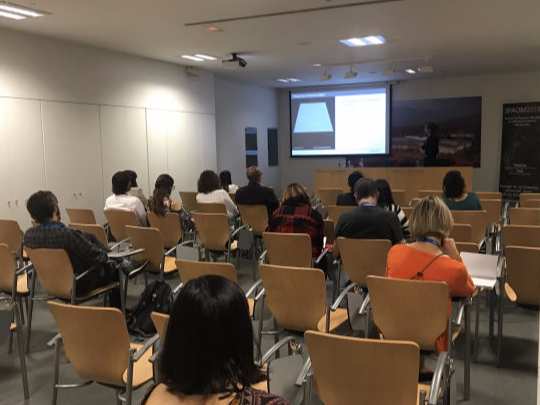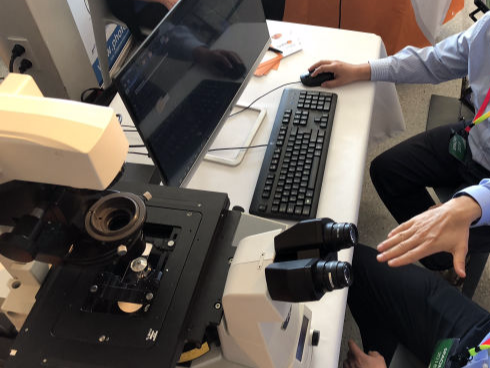Speakers:
» Arrate Muñoz Barrutia
» Daniel Sage
» Hugo Botelho
» Joaquim Soriano Felipe
Session Description:
» Bridging Deep Learning to ImageJ - Arrate Muñoz Barrutia & Daniel Sage
Machine learning (ML), and in particular, Deep Neural Networks (DNN), have become an inflexion point in many areas of scientific research. In the case of biomedical image analysis, these new techniques provide significant improvements in most of the tasks such as denoising, super-resolution, segmentation, detection, tracking, response prediction or computer aided diagnosis.
Nonetheless, the use of DNN models requires previous programming knowledge and expertise, which makes them unapproachable to the general public. Therefore, the spread of this technology to the scientific community is strongly limited. In this workshop, we present a friendly interface for the use of these models that have been developed in collaboration between EPFL and UC3M. This ready-to-use ImageJ/FIJI plugin has the potential to make available many of the powerful algorithms for image processing that are continuously being developed and published, enhancing research.
- more info here:
https://deepimagej.github.io/deepimagej/
https://www.biorxiv.org/content/10.1101/799270v1
» Analysis of time lapse microscopy data with CellProfiler et al - Hugo Botelho
Automated microscopy is an invaluable tool in the research of complex cellular/organismal processes because it enables reproducible highly multi-dimensional imaging experiments (e.g. multi-position xyλt, where each position may represent a different experimental treatment across a multi-well plate). Scenarios like this are common in live cell assays or high content screening campaigns. Unfortunately, batch image analysis and proper result annotation (experimental metadata) may not be trivial for many researchers. Herein, I propose to demonstrate using CellProfiler in analyzing a small time lapse microscopy dataset with the goal of comparing the phenotypic response of intestinal organoids to gene editing and pharmacological intervention https://github.com/hmbotelho/cellprofiler-practical2-NeuBIAS). The exercise will focus on how the following basic image analysis tasks are implemented in CellProfiler: background subtraction, object segmentation, feature extraction and results output). A pre-configured analysis pipeline will be provided for the users which wish to follow the demonstration in their own laptops. In the last few minutes I will show how the same
dataset could be analyzed in Knime or Fiji. Participants will not be able to follow along on their own computers (otherwise, the demonstration would be too lengthy) but pre-configured workflows/scripts will be made available as well.
Depending on available time and participant interest, advanced operations (e.g. object-level quality control, tracking and downstream data analysis) may also be demonstrated.
» ImageJ macro-based workflows produce better science
Science is hampered by reproducibility and economic issues. On one hand, lack of reproducibility is due to deliberate data biasing, lack of knowledge, inadequate supervising (usually from IP to Postdocs to students) and incomplete reports. On the other hand, economy limits data production and data sharing to the labs that can pay for: journal access and journal publication expenses, highly specialized tools (i.e. microscopes and image analysis software) and knowledge (i.e. courses and conferences). ImageJ macro-based workflows increase productivity and reproducibility, ease data sharing and are accessible to all users regardless of their technical background and economic status. Practical examples on the topic will be shown.


